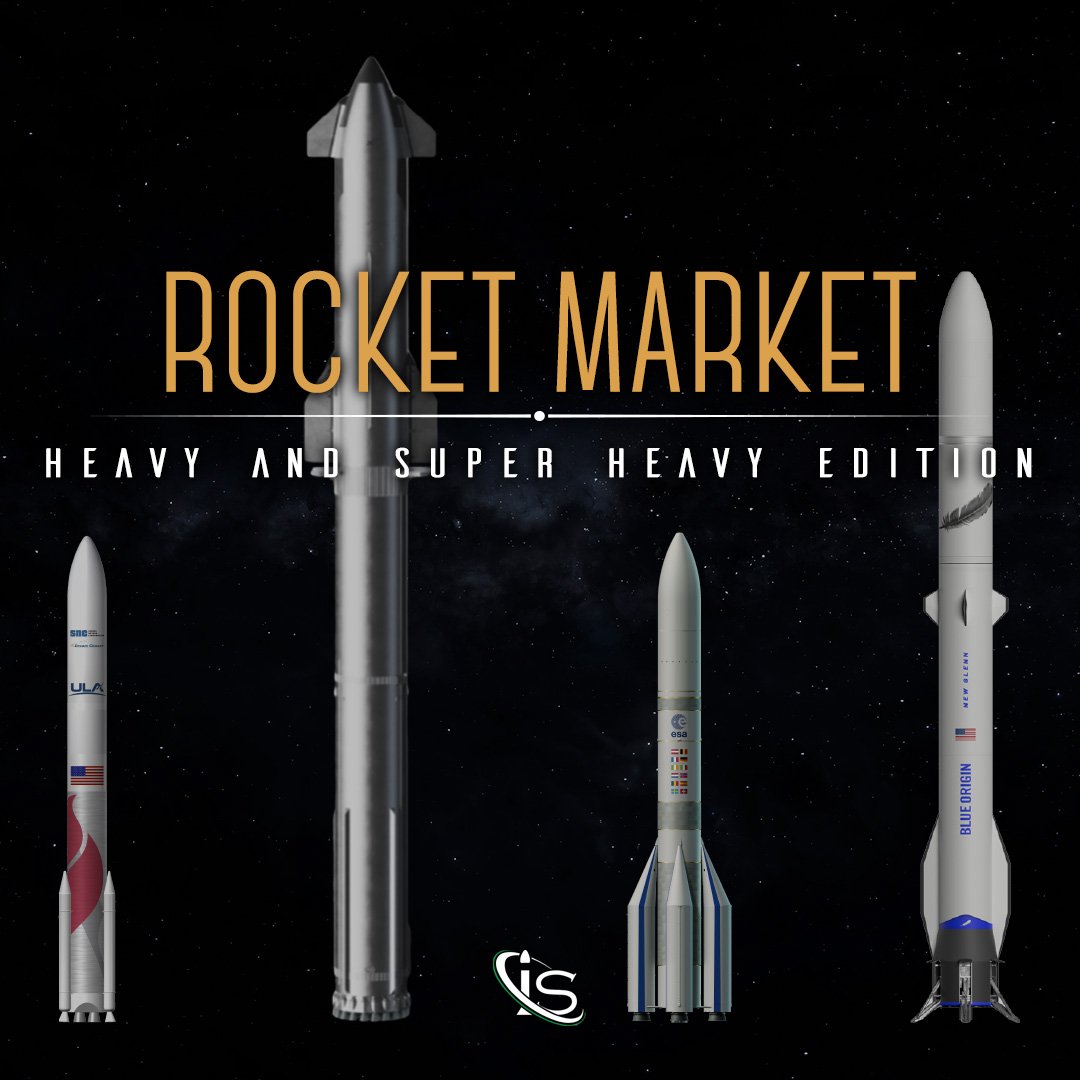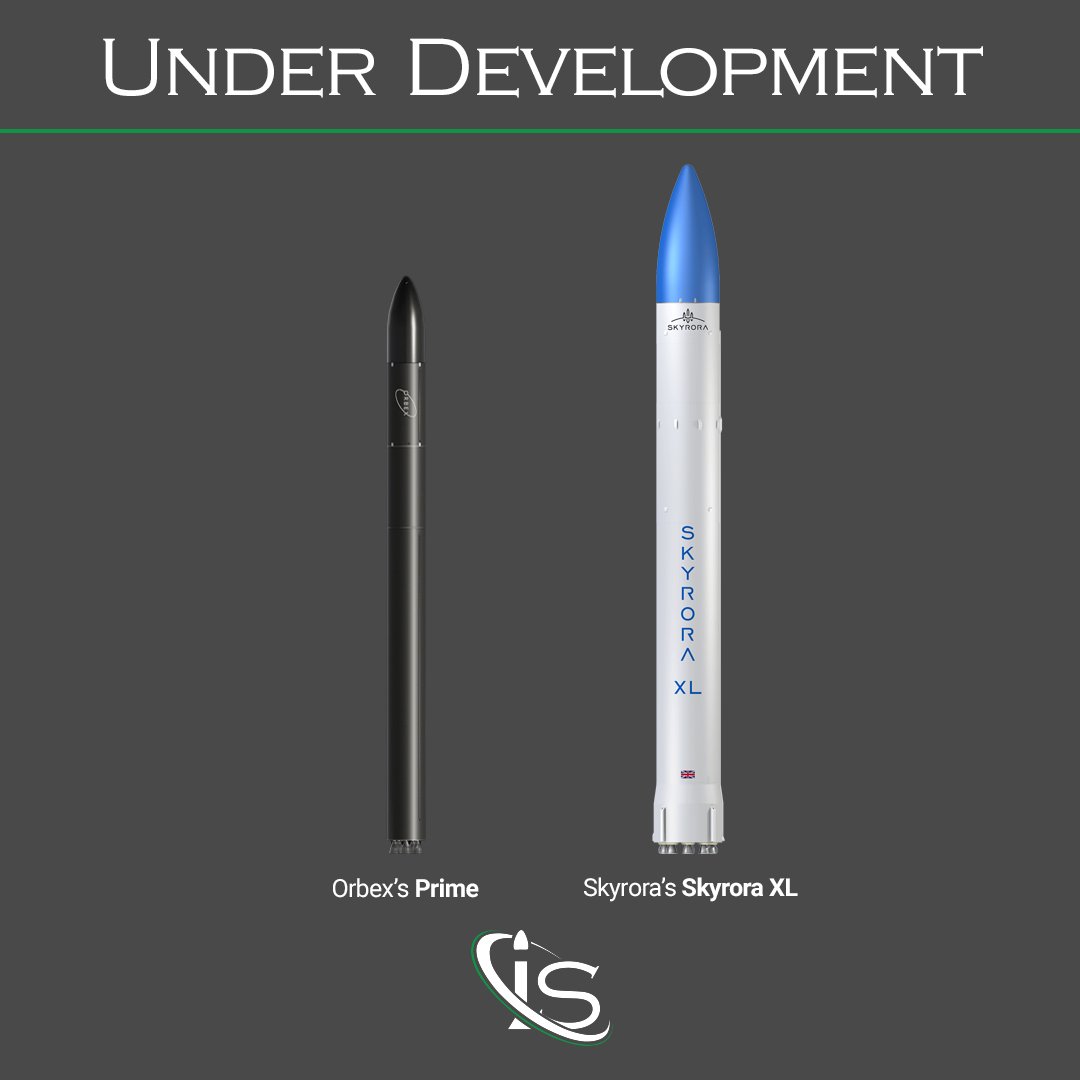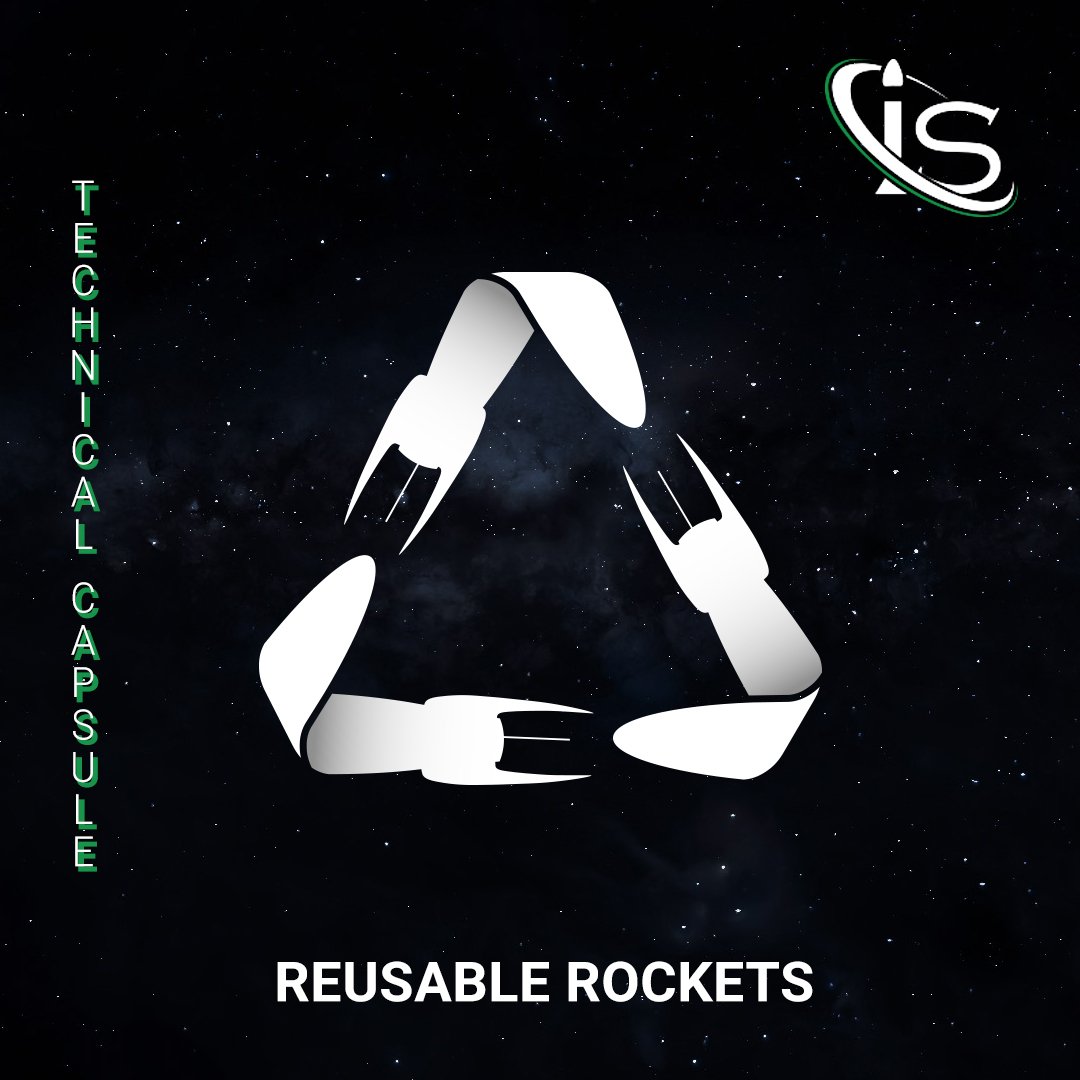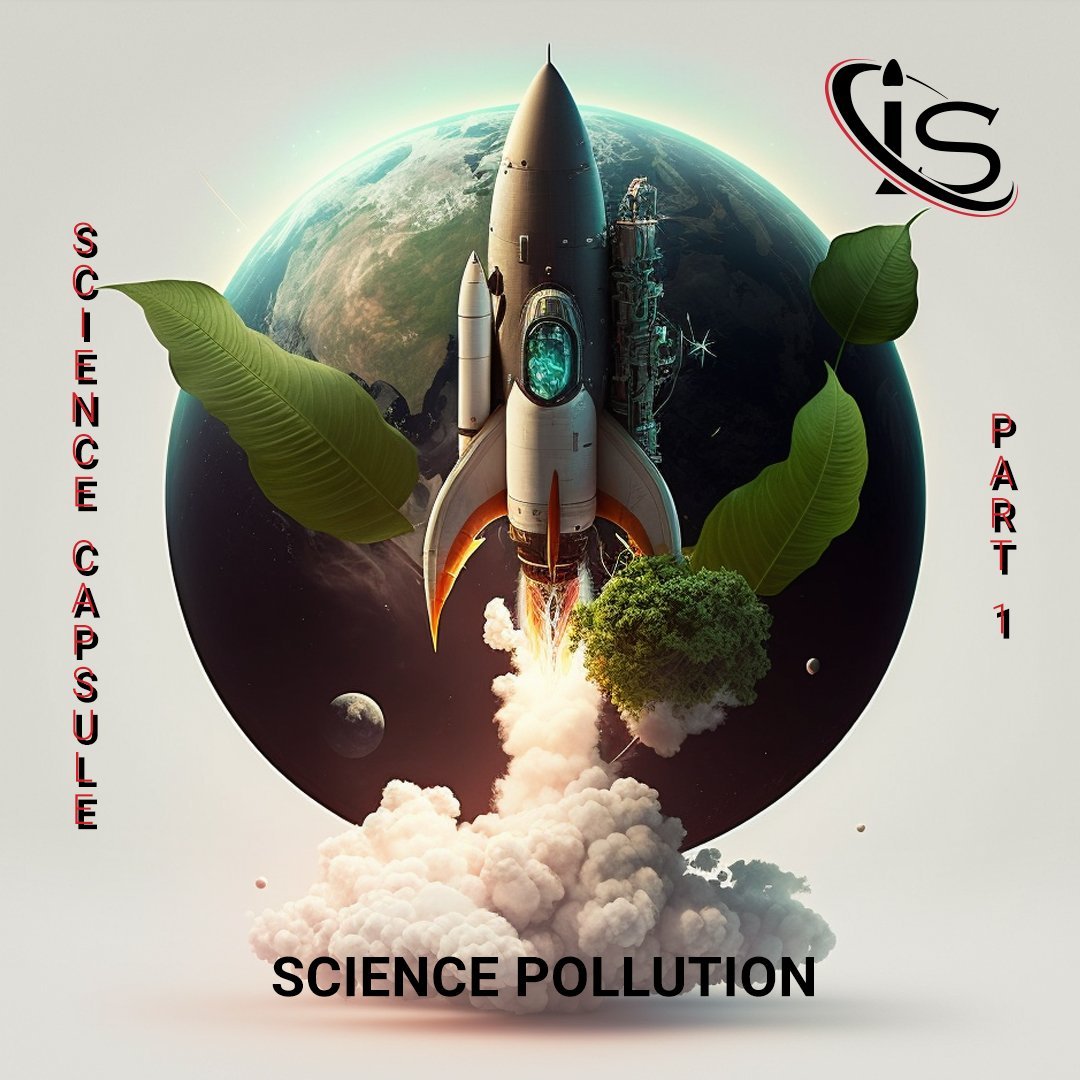Here we are with the second part of our Rocket Pollution saga. As anticipated by my colleague Ascanio, today, we will go deeper into the technical improvements that the Space industry is experimenting with to reduce the environmental impact of rockets.
Here, we will focus on two major aspects: the propellant used and the reusability of the component.
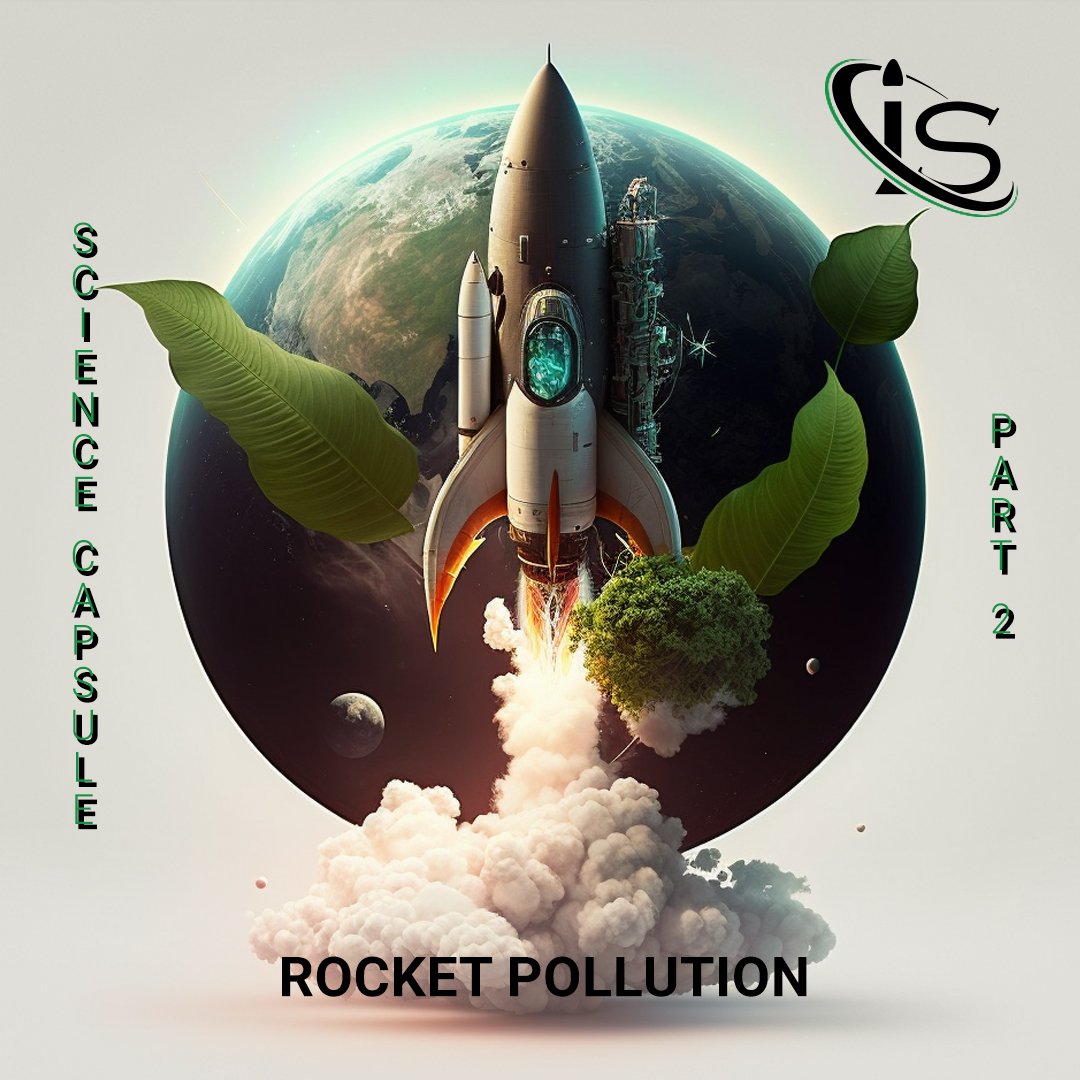
New Propellant for Greener Emissions
In the last article, we spoke at length about the fact that with the increasing number of launches, rockets should strive to become more eco-friendly. At the moment, rocket pollution represents a small side of global pollution; but the step towards a greener world should be taken from every industry.
The fuel topic is a huge one, and I think it deserves a separate Capsule; so, for now, I will only touch on it briefly.
In the past, attention to ecology was less present than nowadays, so the use of polluting but performing fuels should not come as a surprise. More precisely, some Russian and Chinese rockets were powered by the UDMH, also known as “Devil’s Venom”. In fact, this fuel impacted the environment so poorly that it is now obsolete.
After UDMH, a new fuel has become more and more used: the RP-1. RP-1 is a refined version of kerosene: stable at room temperature, not too explosive, and, above all, energetic. Its disadvantage? The black carbon and CO2 emissions.
Alternate Propellants and Finding the Right Balance
New rockets are under development and their propulsion is a hot topic. There are two major propellants that will be used together with Liquid Oxygen to reduce a rocket’s carbon emission.
- Liquid Hydrogen (LH2): a green but not-so-energetic fuel. It is usually used for small rockets, such as New Shepard. For larger rockets the liquid hydrogen can’t overcome the Earth’s gravity on its own; so it is helped with side boosters (this is the case for SLS and Ariane 6); the side effect is the formation of specular mesospheric clouds at 50 to 85 km.
- Methane (CH4): a potent greenhouse gas, eco-friendly for its burning efficiency. This is a compromise between RP-1 and LH2 since it is cleaner than RP-1 but less so than LH2; however, it is more powerful than LH2 but less so than RP-1.
New Untraveled Roads
This is, in my opinion, the most interesting part of the article. Here, we will go through some ambitious experiments. There are some new launch operators who have thought completely out of the box and designed rockets with lower emissions and/or recycled propellants. Let’s have a roundup of these innovators.
Bio-propane of Orbex’s Prime
Orbex is a UK-based company that is developing Orbex, a small two-stage rocket targeting the reduction of carbon emissions. How, you may ask? With the use of BioLPG. BioLPG is a propane produced from renewable feedstocks such as plants and vegetable waste material. A Prime launch has 90% fewer emissions than an RP-1-fueled one.
However, the propellant is not the only innovation; it also has a 3D-printed engine and is designed for reusability. We will deepen the reusability in the next chapter!
The plastic-recycled engine of Vaya Space’s Dauntless
Vaya Space is a rocket launch company so green that it won the International Green Award for Sustainability and Environmental Impact. Its motto explains perfectly its innovation:
Vaya Space exists to revolutionize space and make a difference for our country and for humankind, reducing plastics on our planet, by taking them off our planet.
Vaya Space, website
The engines of Dauntless, Vaya’s under-development rocket, are the Vortex-Hybrid EcoLOx. They are hybrid engines with a liquid part of LOx and a solid grain realized from recycled plastic. For every launch, Vaya will use more than 20 metric tons of recycled material. Besides being green, the components are recapturable.
Skyrora Ecosene
Another company reusing non-recyclable plastic is Skyrora. They are developing Skyrora-XL which will be powered by Ecosene. The fuel will be green not only since it reuses plastic waste, but also because Skyrora uses a low-temperature catalytic pyrolysis process.
Like Vaya Space, Skyrora also won awards for its environmental impact.
There are other companies developing new carbon-neutral fuels such as bluShift Aerospace; if you want a more detailed article on this topic you just have to ask in the Chatbox.
Rocket Reusability
If this header sounds familiar, you are a great follower of ours, so thank you! In fact, a few weeks ago we deepened on the “Reusable Rockets” topic. Actually, this second part of the article is an extension of the “Rocket Pollution – Part.1” article. In fact, here we will not go into the details of reusable rockets, as this has almost been completely explored in the “Reusable Rockets” article.
The major topic here is: Reusability affects pollution. But how?
First of all, the recovery of rockets’ components implies less rocket debris, both in orbit and returning to Earth. In the article “Where do the Rocket Debris go?“, we have seen that the returning debris can both burn in the atmosphere or splash down and lie in the seabed.
Recovering also matches with a smaller production of components; for a Falcon 9 launch, the booster and the fairing are usually reused from other missions, so the number of components to produce is drastically lower than an expendable rocket. On the one hand, this implies that launch operators will employ fewer raw materials for a rocket launch.
On the other, a factory producing fewer components will also have less black carbon emissions. Therefore, the pollution will be smaller for a reusable rocket than for an expendable one.
Many launch operators are moving towards reusable rockets, also due to the remarkable cost reduction, meaning the Space industry will become more and more eco-friendly.
This is it for Rocket Pollution. There could be other arguments to deepen for this topic; so, if you want to know more about it, you can ask in the Chatbox and we will be happy to fulfill your requests. For now, I wish you a wonderful week and hope to see you again in a “Science Capsule” next Wednesday!
